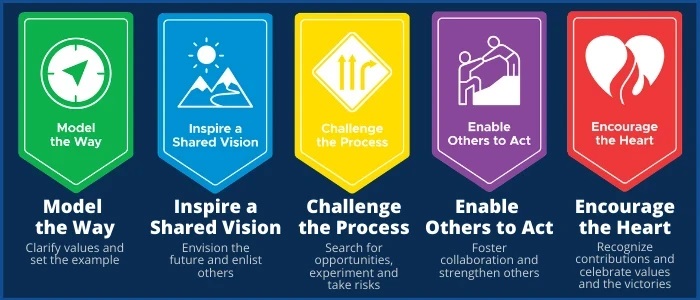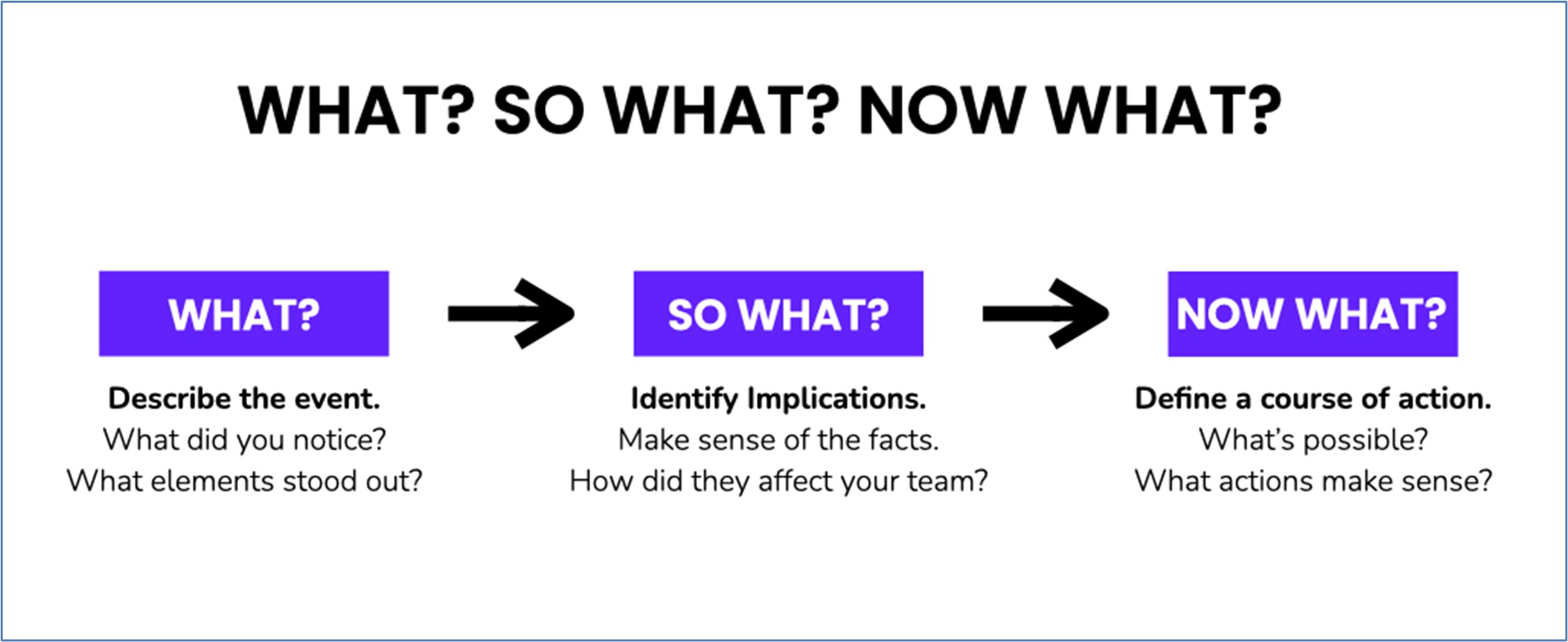Student Leadership Development

Hougang Secondary School's Student Leadership Team aims to develop leadership skills in every student and envisions "Every Hougean an Empowered Leader." The team's mission is "To Nurture the Leadership Potential in Every Hougean," and the school accomplishes this through a comprehensive student leadership programme built on the 3E Approach – Engaging Hands, Enriching Minds, Encouraging Hearts. The programme is aligned with the Character and Citizenship Education (CCE) 2021 Framework in Singapore, which emphasizes the development of leadership skills and values namely, care, respect, responsibility, resilience, and integrity (Ministry of Education Singapore, 2021).
Engaging Hands - Provide Opportunities
Our HS Student Leadership Development programme incorporates the work of Dweck (2006) on mindset and the belief that every child has the potential to be a leader with the right environment and circumstances. As such, the school adopts a tiered approach to provide leadership opportunities for all students.

At Tier 1, all students undergo the Community Youth Leadership programme, which focuses on developing self-leadership skills and aims to equip every student with the tools to lead themselves effectively. The signature CYL programme is also a key components of our school’s Learning For Life Programme (LLP).
Learning For Life Programme (LLP)
At Tier 2, students can take on leadership roles in their respective class committees, CCA committees, and VIA (Values-In-Action) leadership positions. By taking on these roles, students can develop and refine their leadership abilities, enabling them to make a positive impact on their classmates and CCA members beyond their individual selves.
At Tier 3, selected students are given the opportunity to lead the school as Student Councillors, Peer Support Leaders, Class Monitors, or CCA Leaders. These positions require a higher level of leadership skills and provide students with more significant responsibilities and opportunities to impact their school community and beyond.
Enriching Minds - Cultivate Competencies
The school's leadership programme is grounded in the philosophy that leadership can be learned, nurtured, and developed over time, which is consistent with the work of Kouzes and Posner (2002) and their Leadership Challenge Model (LCM). The programme focuses on the importance of behaviors and values, with a specific focus on five key practices: modeling the way, inspiring a shared vision, challenging the process, enabling others to act, and encouraging the heart. By emphasizing these practices, the programme seeks to cultivate leadership skills in all students.

Image credit: https://www.drtinatalkswork.com/the-leadership-challenge
A comprehensive training program has been developed to equip student leaders with the necessary skills and knowledge to succeed.
|
|
Student Group |
Planned Training |
|
Tier 1 |
|
Cohort Training on being a Community Youth Leader a) Sec 1 – Taking Personal Action b) Sec 2 – Raising Awareness c) Sec 3 – Advocating for a Cause
|
|
Tier 2 |
|
Role-specific Leadership Training a) Leadership Training focuses on how students can “Model the Way”, “Enable Others to Act” and “Encourage the Heart” in their specific roles
|
|
Tier 3 |
|
Customised LCM Training based on Training Experience a) Year 1 Focus: Self-Leadership b) Year 2 Focus: Team-Leadership |
|
Contextualized Training based on Student Leader Roles a) Class Monitors: Discovering Group Dynamics, Managing Conflicts (Context: Leading Class Committee) b) Sec 2 Peer Support Leaders: Discovering Group Dynamics, Managing Conflicts (Context: Supporting Peers in and beyond classroom activities) c) Sec 2 Student Councilors: Project Management d) Sec 3 CCA Leaders + Sec 3 Student Councilors & Sec 3 Peer Support Leaders: Enabling Others to Act and Inspiring a Shared Vision
|
Encouraging Hearts - Inspire Excellence
Hougang Secondary implements a two-pronged approach to encourage the hearts of student leaders and inspire excellence in them.
The first prong is reflection, which is designed to help student leaders review the programmes they have organised and identify areas for improvement. To do this, students use the "What? So What? Now What?" reflection model (Gibbs, 1988), which is a structured way of reflecting on experiences and learning from them.

Image Credit: https://www.fearlessculture.design/blog-posts/what-so-what-now-what
The second prong of the approach is affirmation, which involves recognising and celebrating the achievements of student leaders. This happens at two key events during the school year. The first is the Student Leaders Investiture, where new leaders are recognised and given their badges. This event is an opportunity to celebrate the commitment and dedication of student leaders and to inspire them to continue to serve their school community. The second event is the year-end Summit, where student leaders come together to reflect on their experiences over the year, celebrate their successes, and set new goals for the future.
References:
Ministry of Education Singapore. (2021). Character and Citizenship Education (CCE) 2021 Framework. Retrieved from https://www.moe.gov.sg/docs/default-source/document/education/character-and-citizenship-education/character-and-citizenship-education-(cce)-2021-framework.pdf
Dweck, C. S. (2006). Mindset: The new psychology of success. Random House Incorporated.
Kouzes, J. M., & Posner, B. Z. (2002). The leadership challenge. John Wiley & Sons.
Gibbs, G. (1988). Learning by Doing: A Guide to Teaching and Learning Methods. Further Education Unit, Oxford Polytechnic: Oxford.

